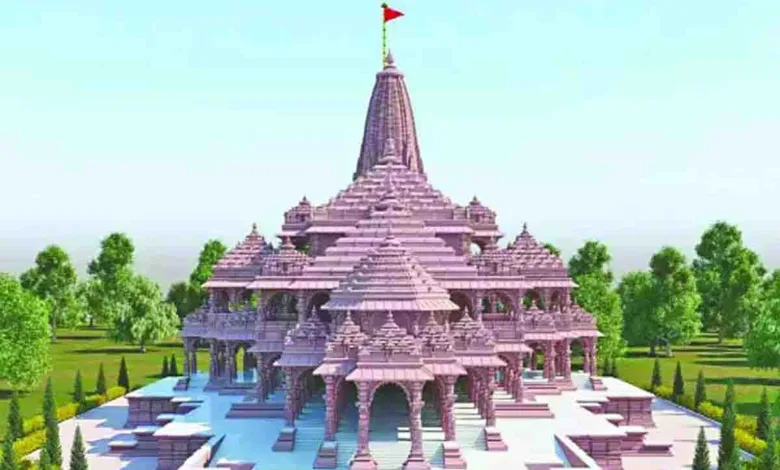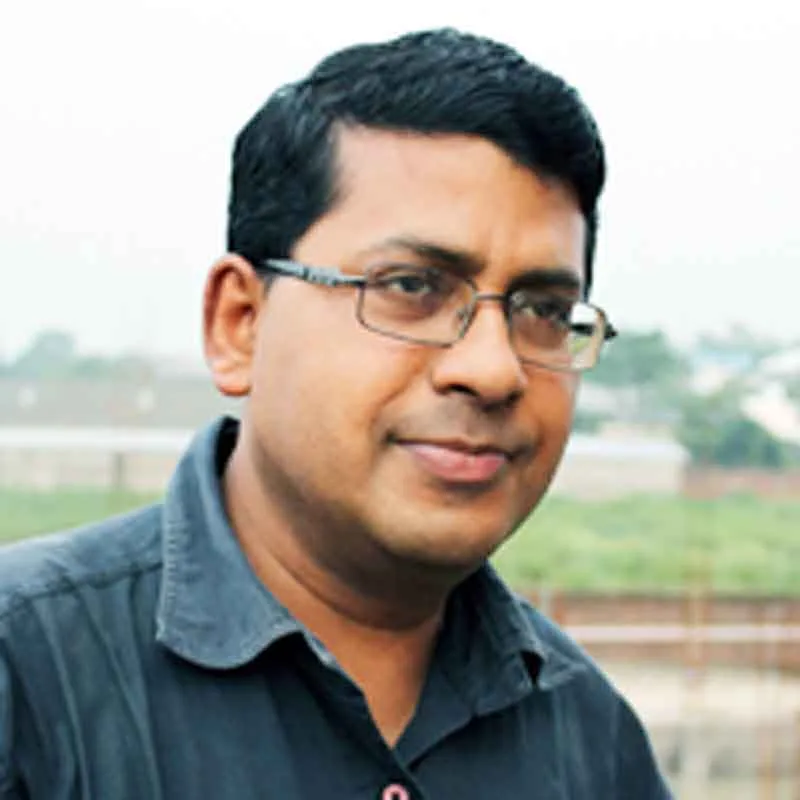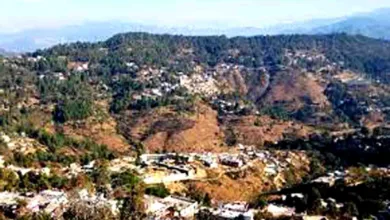Ram Lalla’s consecration: What’s next?

VIEW POINT
 Romit Bagchi
Romit Bagchi
Pandit Jawaharlal Nehru wrote despairingly to the chief ministers in 1951 that their frequent declaration that India was a secular State was appreciated abroad, but not wholly believed in. “It is often thought that a few leading personalities represent this viewpoint and not the mass of the people.”
Nehru knew very well that the concept of secularism had not eaten its way deep in the collective mind of India despite vigorous pontification on it by him and others of his ilk. He also knew why the people were cold to it, thinking it as an airy-fairy notion impractical and ineffectually idealistic. He not just failed to drive the people into the much-vaunted secular grooves but had to fight many ideological battles against his colleagues in the government and in the Congress.
His annoyance with then President Rajendra Prasad over the latter’s iron resolve to inaugurate the newly constructed Somnath Temple is well-known. He failed to dissuade Prasad who chose to stick to his guns, unperturbed by criticism. Prasad defied Nehru’s logic that being the constitutional head of a secular State, he should not associate himself with the deity-anointment ceremony at Somnath. He in his note to Nehru wrote: “…some people may not like the idea of a temple which was destroyed more than once by the Muslim invaders of the time being rebuilt and revived. But I think you will agree that it is not a reasonable attitude to take.” Then what he said in his inaugural speech is immensely significant. “This temple of Somnath today once again raised its head with pride and declared to the whole world that things which are loved by the masses can never be destroyed.”
Now let us see what a senior cabinet minister in the Nehru government KM Munshi wrote to Nehru regarding the reconstruction of the Somnath temple. “I can assure you that the collective subconscious of India today is happier with the scheme of reconstruction of Somnatha sponsored by the government of India than with many other things we have done or are doing.” These words are exceedingly significant in the current context.
Now, when the country is being immersed in an unprecedented religious fervour ahead of the ceremonial installation of Ram Lalla in the temple being rebuilt at his birthplace, it seems as though all the developmental achievements of the Narendra Modi Government in nearly ten years are fading into insignificance beside this purely religious event.
Those who know how the collective psyche of this ancient nation works, what resonates with the people the most, what is the fount of its vitality that helped it take in its stride the vicissitudes of its tumultuous history marked with gory invasions that pounced on it wave upon wave, what is the silken bond that keeps the people together despite the baffling diversity are not surprised.
Swami Vivekananda writes: “The one common ground that we have in our sacred traditions is our religion. That is the only common ground upon which we shall have to build. In Europe, political ideals form the national unity. In India, religious ideals form the national unity. The unity of religions is, therefore, absolutely necessary as the first condition of future India….It is not only true that the ideal of religion is the highest ideal…in the case of India it is the only possible means of work; work in any other line without first strengthening this would be disastrous.” Sri Aurobindo says: “I say no longer that nationalism is a creed, a religion, a faith; I say that it is the Sanatan Dharma which for us is nationalism. This Hindu nation was born with the Sanatan Dharma, with it, it moves; with it, it grows. When Sanatan Dharma declines, then the nation declines. When it is said that India shall expand and extend herself, it is the Sanatan Dharma that shall expand and extend itself over the world. It is for the Dharma and by the Dharma that India exists.”
Some people are now quite justifiably raising a question: does the religious fervour presently sweeping the nation denote resurgence of the Sanatan Dharma as envisaged by the Hindu culture’s greatest icons of the modern time? They argue that this surge is springing not just from the people’s devotion for Lord Ram or their attachment with the Sanatan Dharma but also from an unappeasable animosity for the non-Hindus, particularly the Indian Muslims: majoritarian triumphalism deeply steeped in Islamophobia. They fear that this mounting xenophobia would make dust fly thick and fast all over the land and consequently, the assimilative genius and the monumental mission of the Sanatan Dharma that quintessential India is a proud repository of would get blurred.
To be honest, this efflux of religious emotions with lurking antipathy for those following non-Hindu faiths does not articulate the lofty, pluralistic, assimilative, all-inclusive universalism the Sanatan Dharma in its purity connotes. But many are of the view that this is a necessary, even inescapable stage: this cultural homogenisation founded on religious revivalism. They aver that preaching of and pontification on pacifism- assiduously indulged in for a long time- has failed to achieve its avowed goal and so it is now time to bare fangs only to defang those forces which threaten this nation from within and without. They seem to have unshakable conviction that a culturally regenerated, militarily strong and diplomatically assertive India would not just drive the belligerent elements to get assimilated in the nation’s cultural mainstream but usher in enduring peace in the restive Indian sub-continent.
Now, as intense churning and soul-searching are going on across the sub-continent over India’s new-found assertive élan, the focus of the whole world is trained on the ascendant India. It is to be seen whether this unbridled revivalism powered by the consecration of the Ram temple in Ayodhya would prove to be the cul- de- sac for India’s true destiny, leaving it to wallow in a bog of chauvinistic sabre-rattling, or a resuscitated India would march forward, expanding and extending herself over the world founded on the fulcrum of the Sanatan Dharma as she did in her past when she was at the zenith of her assimilative genius.
Let me quote Sri Aurobindo once again to make clear what he envisions about the true mission of India in the world. “India doesn’t rise as other countries do, for self or to be strong and trample over the weak. She is rising to shed over the world the eternal light entrusted to her. India has always existed for humanity and not for herself and it is for humanity and not for herself that she must be great.”






